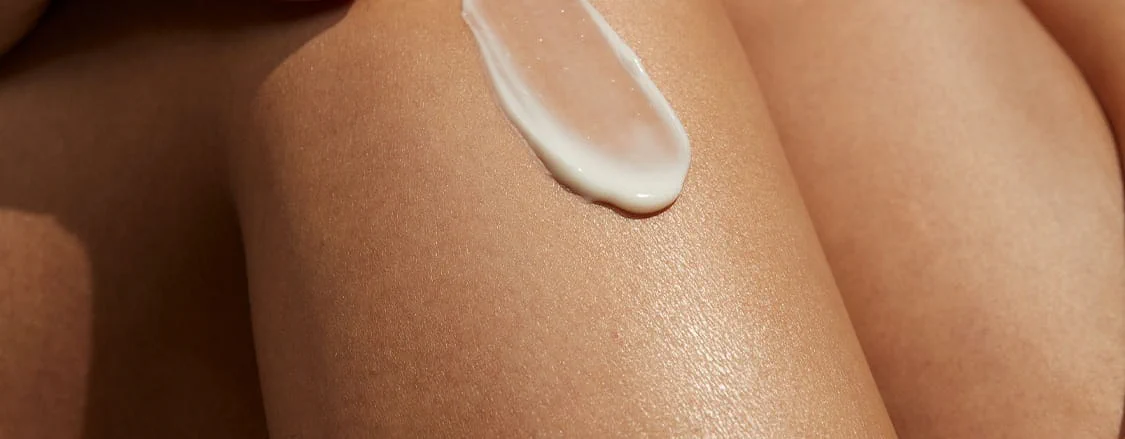Alpha Hydroxy Acids (AHAs)
Plant-based AHAs like Citric Acid, Glycolic Acid, Malic Acid, and Lactic Acid aid in removing dead skin cells, especially for dry to normal skin types.
AHAs work by targeting the adhesive bonds that bind skin cells together, resulting in a smoother rejuvenation of fresh skin.
Beta Hydroxy Acids (BHAs)
BHAs like Salicylic Acid exfoliate from deep within pores, making them suitable for oily, combination, and acne-prone skin.
If a build-up of dead skin cells is causing outbreaks and blemishes, then NIVEA Derma Skin Clear could help you address these concerns. Concentrated with Niacinamide, Salicylic Acid and Glycolic Acid, these products should support you in removing dead skin cells and preventing new blemishes from appearing. Note that the Derma range is not recommended for sensitive skin conditions.

